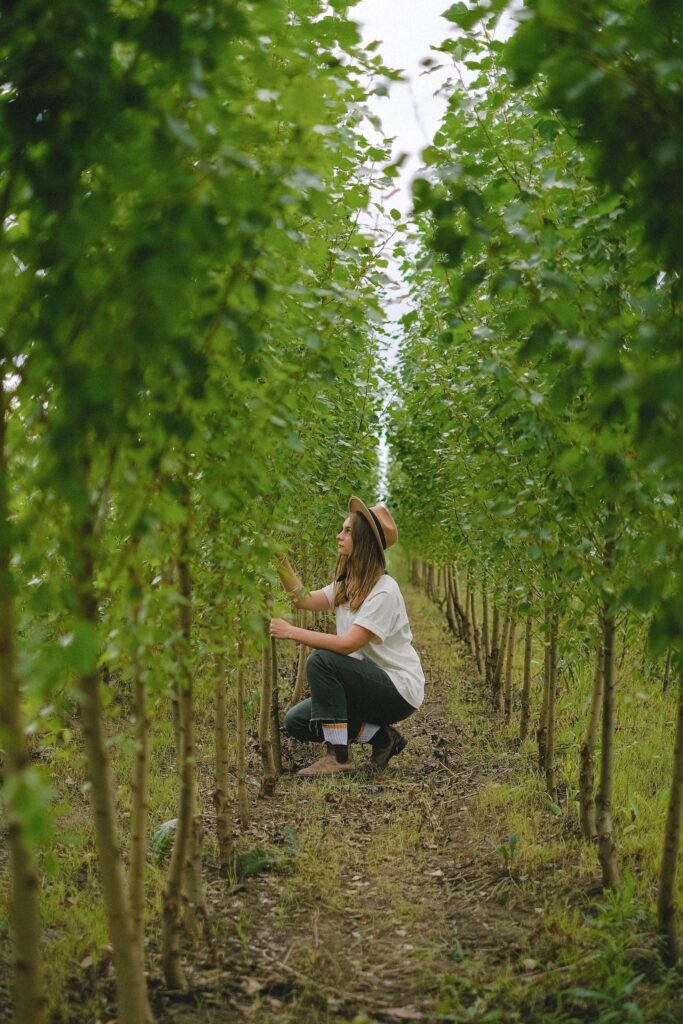Trees are not only essential for the environment but also add beauty and value to our properties. When it comes to maintaining their health and appearance, tree lopping is a common practice. However, it’s crucial to approach this task with care and knowledge to avoid making mistakes that could harm the tree or compromise safety. In this article, we’ll explore some common mistakes to avoid in tree lopping.

Improper Timing
One of the most frequent mistakes in tree lopping is not considering the right time to perform the task. Lopping during the wrong season can stress the tree and impede its ability to recover. Understanding the specific needs of the tree species and choosing an appropriate time for lopping is essential for a successful outcome.
Over-pruning
Over-enthusiastic pruning, also known as over-pruning, can be detrimental to a tree’s health. Removing too many branches at once can shock the tree, disrupt its growth patterns, and leave it vulnerable to diseases and pests. It’s important to strike a balance between achieving your aesthetic goals and ensuring the tree’s well-being.
Using Improper Tools
Using the wrong tools for tree lopping can lead to inefficient results and potential damage to the tree. Dull or inappropriate tools can cause tearing and jagged cuts, leaving the tree susceptible to infections. Investing in quality, well-maintained tools designed for the specific task is essential for a clean and healthy cut.
Ignoring Safety Precautions
Tree lopping can be a hazardous activity, especially when working at heights. Neglecting safety precautions such as wearing protective gear, using secure harnesses, and following proper climbing techniques can result in accidents and injuries. Safety should always be a top priority in tree lopping to protect both the arborist and the surrounding environment.
Ignoring Local Regulations
Many areas have regulations governing tree lopping, and violating these rules can lead to legal consequences. Before starting any lopping project, it’s crucial to research and understand local regulations, including obtaining any necessary permits. Ignoring these requirements can result in fines and penalties.
Neglecting Tree Health Assessment
Before lopping a tree, it’s essential to assess its overall health. Lopping a diseased or stressed tree can exacerbate its problems rather than solve them. A thorough examination of the tree’s condition should be conducted before deciding on the extent of lopping required.
Leaving Wounds Unprotected
After lopping, the tree is left with wounds that are susceptible to pests and diseases. Neglecting to apply protective measures, such as wound dressings, can expose the tree to potential infections. Proper wound care is essential for promoting healing and preventing complications.
In conclusion, tree lopping, when done correctly, can enhance the health and appearance of trees. By avoiding these common mistakes, arborists and homeowners can ensure the well-being of the trees and contribute to a safer and more beautiful environment. Always remember to approach tree lopping with care, respect for the tree’s natural growth patterns, and a commitment to safety and environmental responsibility.